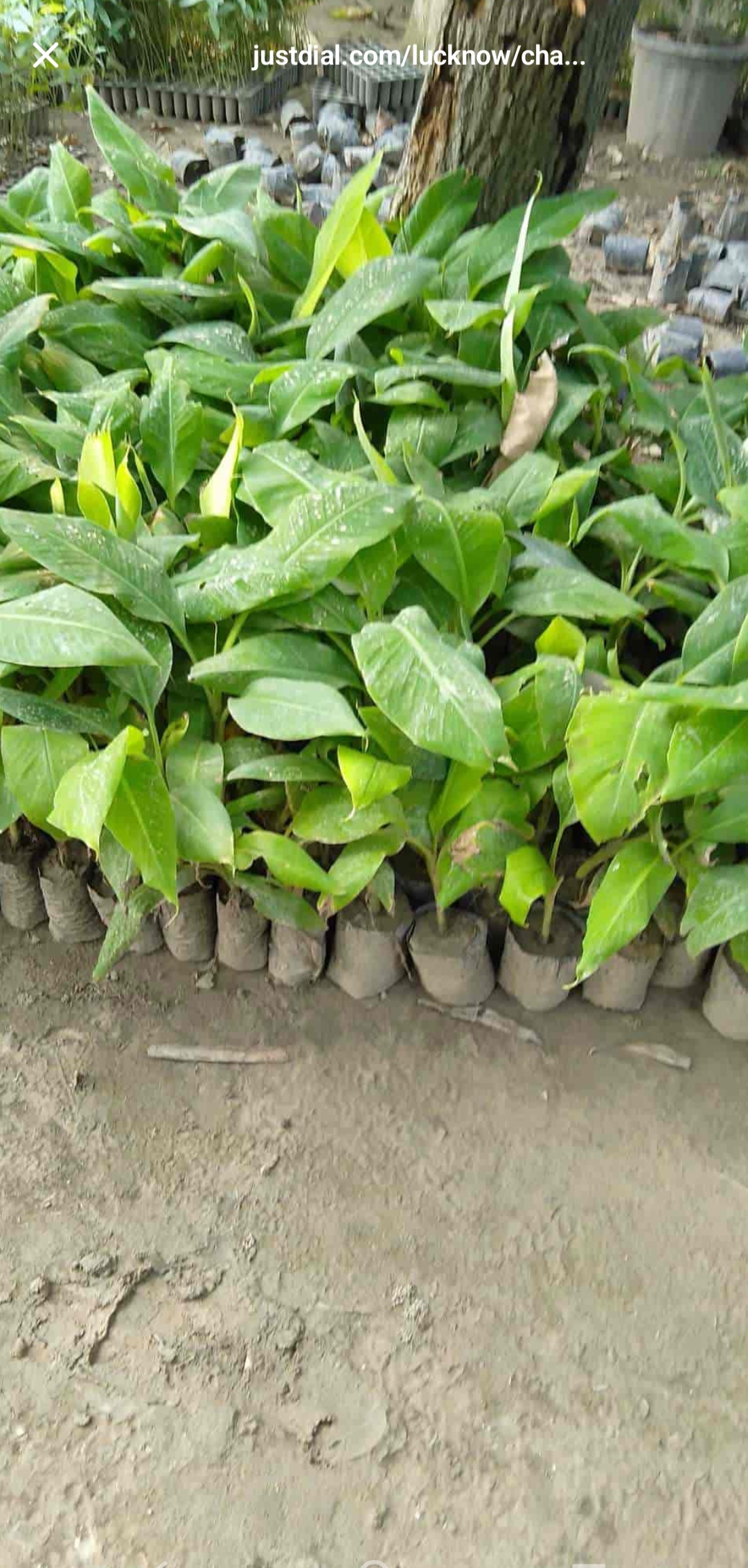Welcome to your holistic living

Botanical Name: Eleutherine bulbosa
Family: Iridaceae
English Name: Dayak onion
Malayalam Name: Neerottikizhangu, Ponnulli, Vishanarayani
Hindi Name: Visha narayani
Perennial herb with red colour onion like buds, Lance shaped hairless leaves ,white / yellow flowers that bloom with a short night window herbaceous, perennial flowering plant from the Iridaceae family, broadly cultivated in South America, the African region, and Indonesia. It is widely found across sulphuric land in Indonesia, within 600 to 2000 m above the Kalimantan Island sea level. The bulb is famous among the local tribe of Kalimantan, the Dayaks, where it is traditionally used to treat diabetes, breast cancer, hypertension, stroke, sexual disorders, and to enhance breast milk production. It has multiple scientific names which are used interchangeably according to the region, such as E. americana, E. palmifolia, and E. platifolia. Nonetheless, E. bulbosa was proposed as an official scientific name by Kew and Missouri Botanic Garden. Morphologically, E. bulbosa is an herbaceous, perennial flowering plant with a red bulb that resembles an onion. The length of the leaves is approximately 25 cm, with five to six petals of white flowers arranged at the apex of the foliage. Naphthalene, anthraquinone, and naphthoquinone are the key constituents of the E. bulbosa bulb that demonstrated various pharmacological properties such as anti-microbial, anti-inflammatory, anti-hypertension, anti-cancer, anti-diabetic, and anti-melanogenesis activity. However, scientific evidence concerning the biological activities and potential use of the bulb of E. bulbosa is scarce. Thus, this is the first study highlighting the recent biological reviews of the E. bulbosa bulb and its potential applications in the industry. Morphological Characteristics The Eleutherine genus is described as an herbaceous, rhizomatous, and perennial flowering plant with a predominantly red and wine bulb color similar to red onion, approximately around 20 to 30 cm. They have whole leaves, pleated at an average length of 25 cm, with a large panicle of white or pink flowers arranged at the apex of a long, dense scape above the foliage. The Eleutherine genus has monosulcate and perforated pollen grain on the proximal surfaces with heterogenous exine at different grain parts. Anatomically, microscopic examination of the E. americana bulb demonstrated a different size of parenchymal cells and various shapes of calcium oxalate crystals, predominantly a styloid structure. The bulb is derived from a thick petiole with similar vascular bundles as in the leaves, and it has no sclerenchyma cells for tissue support
Underground bulb
Immune System Immunomodulatory → Strengthens immune defense by regulating lymphocyte activity and cytokine production Endocrine & Metabolic System Antidiabetic → Helps lower blood glucose by improving insulin sensitivity. Hypolipidemic → Reduces cholesterol and triglycerides, supporting lipid metabolism. Anti-obesity → Regulates fat metabolism and prevents weight gain. Musculoskeletal System Anti-inflammatory → Reduces swelling and tissue inflammation. Analgesic → Provides pain relief in inflammatory conditions. Hepatic System (Liver) Hepatoprotective → Protects liver tissue from oxidative and toxin-induced damage. Reproductive System Aphrodisiac / Hormonal regulator → Traditionally used to support female reproductive health and regulate cycles. General / Multi-systemic Antioxidant → Scavenges free radicals and prevents oxidative stress. Antimicrobial → Shows antibacterial, antifungal, and antiviral activity. Anticancer → Contains napthoquinones (e.g., eleutherin) with reported anti-tumor effects. Wound healing → Promotes tissue repair and regeneration. Antipyretic → Helps reduce fever by regulating thermoregulation
1.Anti inflammatory 2.Anti bacterial 3.Anti fungal 4.Anti oxidant
Rasa: Tikta, Kashaya
Guna: Laghu, Ruksha, Tikshna
Virya: Usna
Vipaka: Katu
Dosha Karma: Vatakapha hara, Pitta vardhaka